
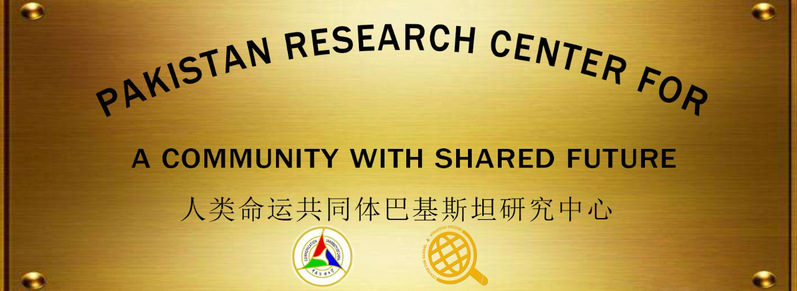
“A Community with Shared Future for Mankind: In Pursuit of Clean, Green and Resilient World”
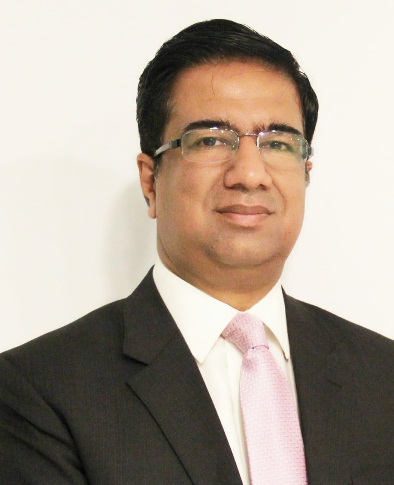
By Mr. Khalid Taimur Akram, Director, Pakistan Research Center for a Community with Shared Future, Communication University of China (Beijing), China and Member of Global Advisory Board, The National Academy of Belt and Road Green Development China International Culture Exchange Center, China
With the emergence of new global order, transforming ideas and multipolar civilizational patterns, the world is witnessing a change. The countries are now more inclined towards cooperation. In this context, community with a shared future could present a great model to counter the risks that hamper cooperation among states, thereby, adding to the discourse of global peace process. The Chinese grand vision of a community with shared future has become a strong narrative in transforming the global perspectives and finding over all solution to the global issues. The primary contours of the idea underpin as; tolerance, fair relations, mutual respect, equality and dialectical balance. This shows Beijing’s global activism that aims to find solutions to the global menaces but with the world-wide cooperation and participation to strengthen this very idea.
The global theme envisioned to eradicate prejudices and build communication grounds, will create a coherent relationship among the countries and nations. Through this, a robust and standard apparatus of win-win cooperation can be achieved in future. This concept further accounts five major contributions to international relations:
a) Building peace through dialogue and consultation.
b) Multilateral efforts for building a community with common security for all.
c) Win-win cooperation for common prosperity.
d) Open and inclusive world through exchanges and mutual learning.
e) Effort to have clean and beautiful world by pursuing green and low-carbon development.

In present times, there is a surge in the demands to have more inclusive and sustainable policies on environment crisis. So, in pursuit to work for clean, green and resilient world, constructive engagement would benefit all the participants involved. Rapid industrialization, to achieve desired economic goals and to meet increasing demand of energy, have resulted in huge Carbon dioxide emissions that are polluting our environment and imposing devastating impacts. Now, all these menaces need collective response at regional and international level, with sustainable policy mechanism in order to work for a better future and cope up with the crisis.
Underpinning Contours of Green, Clean and Resilient World:
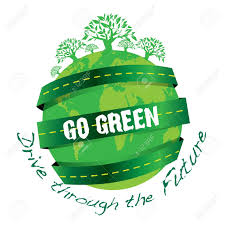 Green
Green
The term ‘Green’ refers to a world in which natural resources including the lands, oceans, and forests, are sustainably managed and protected to improve livelihoods and ensure food security. It is based on the vision in which there is healthy ecosystem. In this regard, the governments should pursue regulations like moving towards renewable energy that encourages green growth, effectiveness, innovation, sustainable policies and budgeting. Biodiversity is also being threatened by the industrialization activities. So, in this context, sustainable policies could enable, the public-private sectors and regional- international organizations, to use natural resources sustainably as part of good business, thus contributing to long-term growth.
Clean
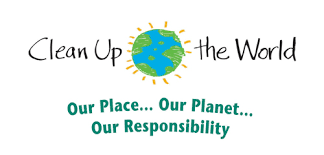
‘Clean’ refers to an environment with less-pollution and low CO2 emission. The surroundings with cleaner water, air, and oceans enable people to lead healthy and productive lives. Hence, clean production standards are important to implement. If properly carried out, it will encourage and facilitate the industries to develop clean technologies that provide jobs and support sustainable growth. In this aspect, the big companies and governments should take these advanced technological transformations and modern techniques that accounts for low Carbon emission and low-pollution commitments. Also, a global alliance in this dimension would allow every partner state to fulfill the requirement of environment protection. It could also further collaborate and establish a sustainable budget and financing mechanism that will help the developing states to spur the positive change.
Resilient

‘Resilience’ building is the core objective for any nation. It implies being prepared for shocks and adapting effectively to any crisis like the climate change. In a resilient world, countries would be better prepared with robust structural framework to counter more frequent natural disasters, unstable weather patterns, and the long-term consequences of natural calamities. In this aspect, healthy, protected and well-managed ecosystems are more resilient and play a key role in reducing nation’s vulnerabilities to disasters.
A Strategic Path for the Goal of Clean-Green World and Low-Carbon Energy:
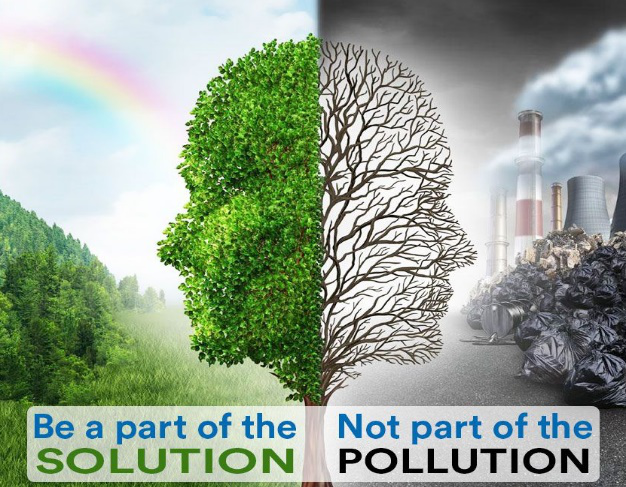
To know the roots of the path that leads towards clean and green world, the notion of “Green Politics” is pertinent to highlight. In 1960s, Green revolution was started all over the world. It was based on the series of movements related to the protection of ecological system. Through this movement and efforts, the environmental issues gained the limelight and became an area of serious concern for the world. It was anticipated that the future challenges the world face would be due to the depletion of resources, global warming, pollution, climate change and many other environmental threats.
Human beings co-exist with the nature and any harm to the surrounding environment would have adverse impacts. In the present times, environmental destruction is leading towards jeopardizing 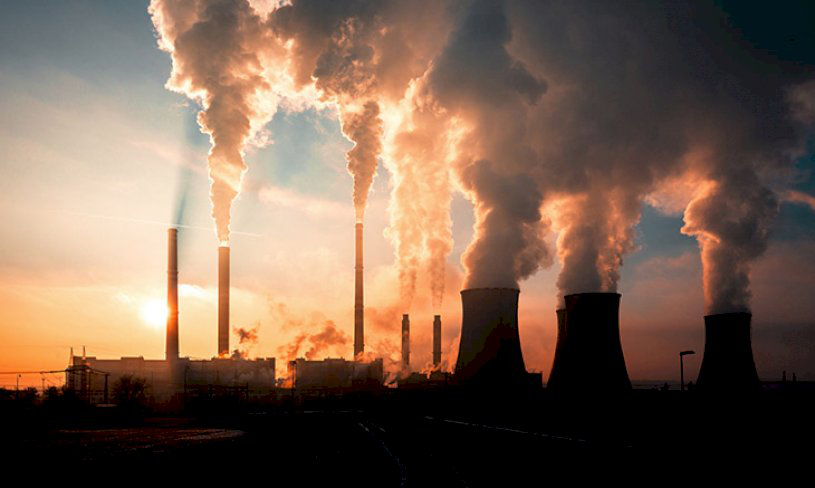 this coexistence.In practice human kind is unwilling to make any serious economic, social and political scarifies necessary to halt the adverse effects of these perils. The global summits and agreements on global warming, climate change and environmental protection policies have so far failed to curb global Greenhouse Gas (GHG) emissions. If immediate actions are not taken by the international organizations and states, it would be difficult to live in such a chaotic world, and even harder to govern it.
this coexistence.In practice human kind is unwilling to make any serious economic, social and political scarifies necessary to halt the adverse effects of these perils. The global summits and agreements on global warming, climate change and environmental protection policies have so far failed to curb global Greenhouse Gas (GHG) emissions. If immediate actions are not taken by the international organizations and states, it would be difficult to live in such a chaotic world, and even harder to govern it.
The consequences of climate change and environmental degradation are associated with the non-traditional security paradigm of the states, thus it has become even substantial for all the countries to join hands and work collectively for the development of clean and green world. The evolution of global energy consumption trends, shows that the goal of clean and low-carbon, calls for a sustainable model for green development and preserve and protect the natural environment. No state is immune from the daunting repercussions of environment degradation and climate change. These transnational and transboundary issues have created multiple challenges for every state. The world needs to understand this that common global threat like Climate change, Carbon emissions and environment degradation have made countries dependent on each other. In this regard, states need to understand that they can combat such global threats through strengthened cooperation.
Shifting Towards Renewable Energy: A Great Option for Clean and Green Environment
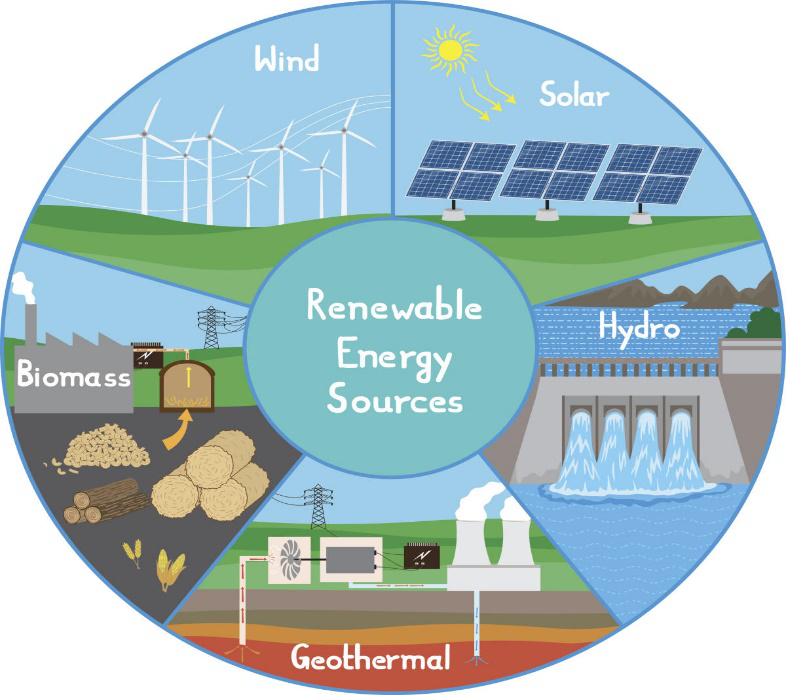
The world is shifting towards alternative energy production resources to meet the energy demands. The Renewable energy mechanism is one of major solution to combat the devastating impacts of climate change, to reduce CO2 emissions and protect environment. Furthermore, huge dependency on coal is threat to global climate. However, the world focus is shifted more towards developing the renewable energy resources in present times. There has been a positive development in this field. Clean energy plays significant role in reducing GHG emissions and decrease dependency on fossil fuels. In this context, China is heading fast in achieving a positive energy matrix. It is anticipated that in near future it will be able to acquire smart grid. So, Beijing’s model of renewable energy development could be a better example for rest of the states to make environments friendly policies and cooperate in this area.
Role of Chinese President Xi Jinping in Connecting the World
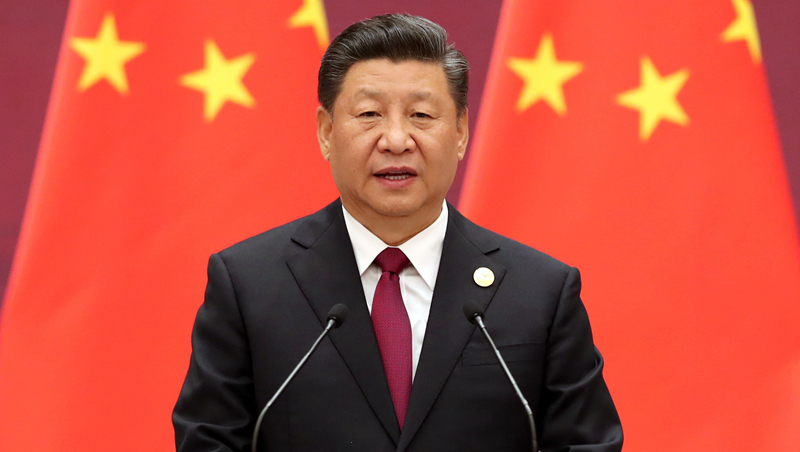 The narrative of shared future prioritizes a model of green, clean, and eco-friendly world. For a collective peaceful future, to foster a sustainable eco-system is vital. In this respect, President Xi Jinping has played exceptional role to resolve common conflicts via dialogue of civilization, global alliance and connectivity. China has placed emphasis on a multilateralism where every country can advance their efforts to pursue green, low-carbon, holistic approach, and sustainable development. In fact, under the leadership of President Xi, Beijing has shouldered much bigger responsibilities of the world. For example, development in renewable energy matrix, contribution to the signing of the Paris Agreement on climate change in 2016 and many more. In future it will also continue to play its part in the joint endeavor. Furthermore, this narrative, ‘Clean and beautiful world, pursue green and low Co2 emissions’ and 13th goal of Sustainable development (SDGs), ‘Climate change’ are aligned. Both goals hold common contours of maintaining and protecting environment. Working together and mobilizing combined efforts would allow nations to build mutual trust, harmony and combat the environment perils together.
The narrative of shared future prioritizes a model of green, clean, and eco-friendly world. For a collective peaceful future, to foster a sustainable eco-system is vital. In this respect, President Xi Jinping has played exceptional role to resolve common conflicts via dialogue of civilization, global alliance and connectivity. China has placed emphasis on a multilateralism where every country can advance their efforts to pursue green, low-carbon, holistic approach, and sustainable development. In fact, under the leadership of President Xi, Beijing has shouldered much bigger responsibilities of the world. For example, development in renewable energy matrix, contribution to the signing of the Paris Agreement on climate change in 2016 and many more. In future it will also continue to play its part in the joint endeavor. Furthermore, this narrative, ‘Clean and beautiful world, pursue green and low Co2 emissions’ and 13th goal of Sustainable development (SDGs), ‘Climate change’ are aligned. Both goals hold common contours of maintaining and protecting environment. Working together and mobilizing combined efforts would allow nations to build mutual trust, harmony and combat the environment perils together.
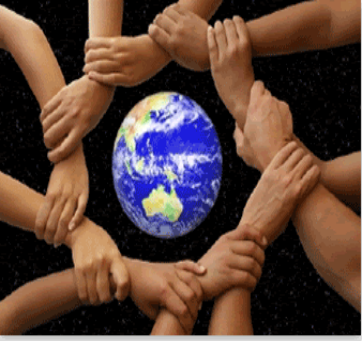 Looking Ahead: Strengthening Partnerships for Global Alliance
Looking Ahead: Strengthening Partnerships for Global Alliance
In general, the theme of shared future overall, anticipates constructive engagement for the world. This idea of enhanced connectivity and harmonization arises out of China’s positive intentions to ensure the solutions to common environmental issues, sustainable development of human society and making the world green and beautiful again. Nevertheless, for the pursuit of these transformative themes, global alliance is needed, which requires a full integrated and comprehensive approach by every state along with the discourse of operational policies that reflect common practices by all the parties, willingness to change, mutual understanding, trust, peaceful co-existence, progress in global governances and work for the protection of nature. Implementation of clean, green and resilient parameters places more emphasis on win-win and reciprocal cooperation between developed and developing countries.
Pakistan Research Center for a Community with Shared Future:
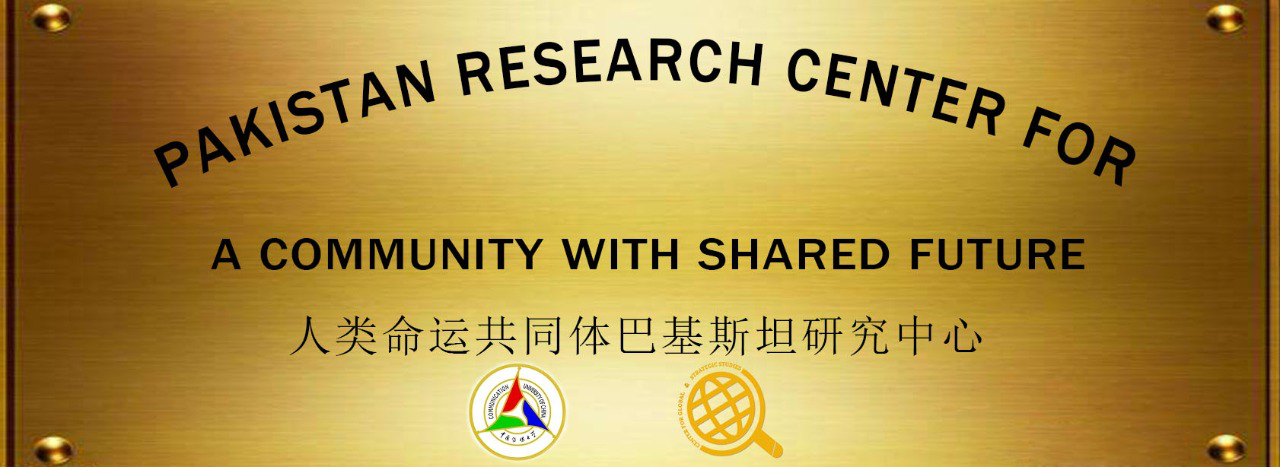
Just recently, the Institute for a Community with Shared Future (ICSF) of the Communication University China (CUC) has established seven international centers in different regions of the world to catalyze the idea of "a Community with Shared Future for Mankind". InPakistan,in collaboration with Center for Global and Strategic Studies (CGSS), the ICSF has established the Pakistan Research Center for a Community with Shared Future.
Being the Director of the Pakistan Research Center for a Community with Shared Future, Beijing, China and Member of Global Advisory Board, The National Academy of Belt and Road Green Development China International Culture Exchange Center, I am determined and optimistic to encourage the academic collaboration between not only in institutions of Pakistan and China, but the other partner countries as well. We know that today the whole world is pre-occupied with the grave challenge posed by Climate change, environmental degradation and Covid-19 health crisis. Thus, there is a stark need to collaborate, cooperate, and interconnect with each other to devise a collective mechanism against common threats.
In the academic domain, it is imperative to take initiatives through which the culture of joint multi-disciplinary research is promoted, based on the notion of shared future for the global community and constructively work to make our world beautiful and resilient. This Center will therefore work towards strengthening the academic relations of Pakistan with the world, on the matters of mutual interests and concerns. Moreover, with the creation of this remarkable network of research centers across the globe, international expertise will be brought together on a single platform to formulate strategies for addressing various global issues for the wellbeing of humanity.
